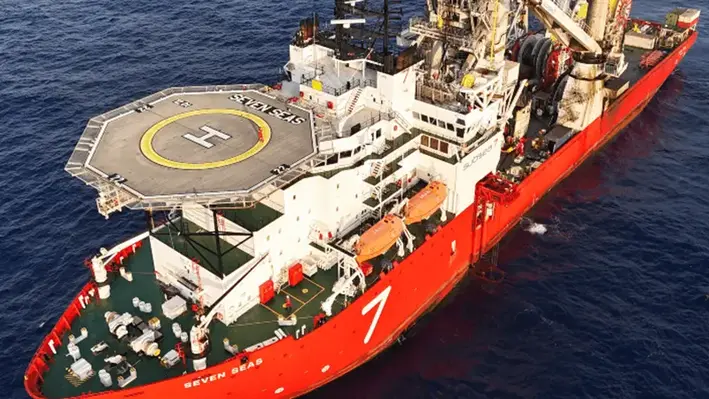
 The Sparta deepwater development in the United States will be spearheaded by Subsea7 as the project's operator Shell Offshore Inc onboarded the subsea engineering and construction company for a sizeable contract, ranging somewhere between US$50-150mn.
The Sparta deepwater development in the United States will be spearheaded by Subsea7 as the project's operator Shell Offshore Inc onboarded the subsea engineering and construction company for a sizeable contract, ranging somewhere between US$50-150mn.
The contract mandates Subsea7 to oversee the transportation and installation of a floating production system (FPS) at Garden Banks block 959, which is located off the southeastern coast of Louisiana at water depths of up to 1,635 metres. The company's team have initiated project management and engineering activities from its office in Houston, Texas, aiming to start offshore operations in 2027.
Craig Broussard, Senior Vice President for Subsea7 Gulf of Mexico, said, “We are proud to continue our collaboration with Shell in the US, building on past projects, including the recent Vito development. We look forward to playing a key role in the successful delivery of the Sparta project.”
Partners involved in the Sparta project has conducted studies to find an estimated, discovered recoverable resource volume of 244 mn barrel of oil equivalent (boe), and is aiming to extract as much as 90,000 boepd. It is Shell’s 15th deep-water host in the Gulf of Mexico. Speaking of the project, the company's Integrated Gas & Upstream Director, Zoe Yujnovich said it "demonstrates the power of replication, driving greater value from our advantaged positions”. It is “aligned with our commitment to pursue the most energy-efficient and competitive projects while supplying safe, secure energy supplies today and for decades to come”.
To know more about Offshore Network's global well lifecycle conferences, click here.
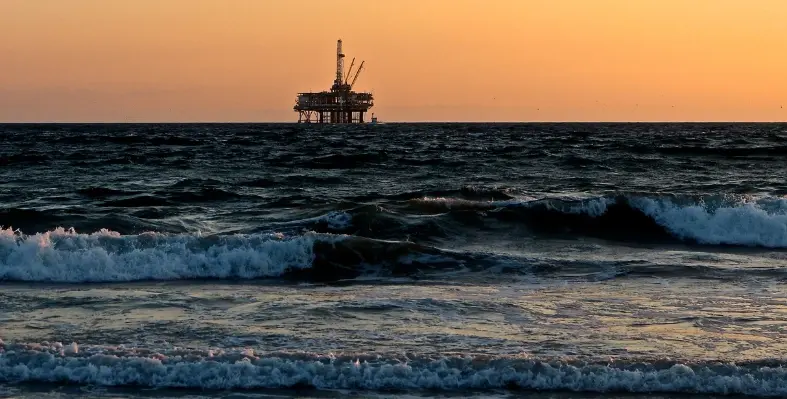

A US federal judge struck down a vast lease sale for drilling rights in the Gulf of America, casting doubt over future oil well interventions in the region.
According to various news reports, the judge ruled that Lease Sale 261, held by the Biden Administration, violated environmental regulations, halting activities across more than 283,280 sq km of federal waters.
Organised by the Bureau of Ocean Energy Management (BOEM), the sale had auctioned off approximately 6,475 sq km for US$261.7mn.
The oil and gas lease sale was located in Gulf waters off the coast of Louisiana, and could threaten the survival of the endangered Rice’s whale species, according to environmental groups.
Statistics have placed the number of whales to just below 100 individuals.
Companies such as Chevron, ExxonMobil, and Shell secured leases aimed at boosting production in the Gulf, which supplies 14% of US crude oil, according to the US Energy Information Administration. However, environmental organisations, including Earthjustice and Sierra Club, challenged the sale, claiming it disregarded climate change consequences and risks to the endangered Rice’s whale.
The judge's decision hinged on the National Environmental Policy Act, finding that BOEM failed to properly evaluate the greenhouse gas emissions tied to future oil and gas output. The judge highlighted potential dangers from vessel strikes and noise pollution caused by drilling, deeming BOEM’s environmental analysis inadequate.
The ruling disrupts plans for oil well interventions and new subsea developments. Those projects are now in jeopardy, with the industry awaiting a resolution that could involve a revised review or cancellation of the leases entirely.
Associated Press added that The American Petroleum Institute, or API, an oil and gas trade association representing more than 600 firms and a party to the Gulf Coast case, said it is evaluating its options after this week’s ruling.
Negotiations to determine next steps are underway, but the immediate impact is clear, as billions in investments and planned interventions in the Gulf hang in the balance, leaving operators scrambling to adapt.
As the legal wrangle continues, the ruling underscores the growing tension between energy demands and environmental protection, with the Gulf of America at the centre of the debate.
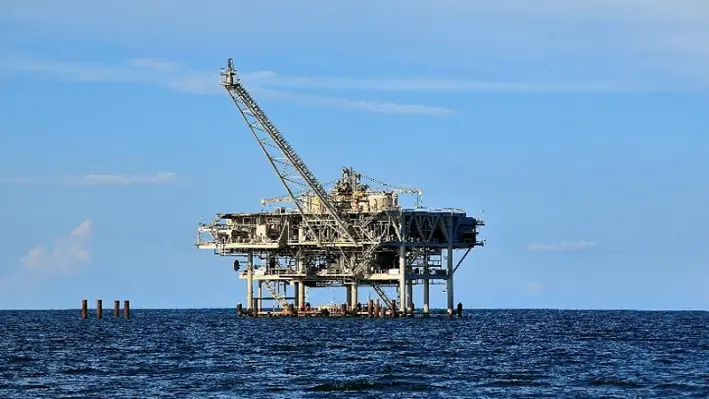
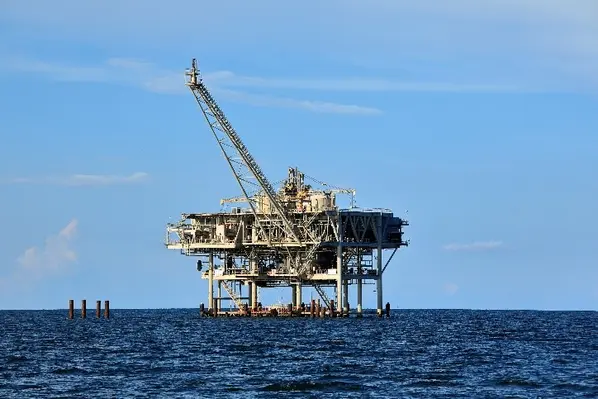 Managing Director at Eye-bot Aerial Solutions, David Palmerton, has analysed the current decommissioning ambit within the Gulf of America, the challenges posed by the vast scope of end-of-life work to carry out, and how robotics and data-driven technologies play an integral role in transforming the market.
Managing Director at Eye-bot Aerial Solutions, David Palmerton, has analysed the current decommissioning ambit within the Gulf of America, the challenges posed by the vast scope of end-of-life work to carry out, and how robotics and data-driven technologies play an integral role in transforming the market.
In the Gulf of America, a significant number of offshore oil and gas wells and platforms are overdue for decommissioning. According to the Bureau of Safety and Environmental Enforcement (BSEE), there are 1,366 offshore structures, with 273 having submitted decommissioning applications and 451 located on terminated leases, of which only 192 have pending decommissioning applications. These delays pose environmental risks, including potential leaks, structural failures, and threats to marine ecosystems as well as increased costs for operators and regulators.
The financial burden of decommissioning these structures is substantial, potentially reaching billions of dollars, with concerns that taxpayers may ultimately bear the cost if companies fail to meet their obligations. A significant portion of these wells are classified as orphaned or abandoned, meaning the companies responsible for their decommissioning no longer exist or lack the financial capability to carry out the required work.
Under regulations set out by the Interior Department, administered by BOEM and BSEE, operators are jointly and severally liable for decommissioning obligations. Even if a company transfers its lease to another operator, it remains responsible for ensuring that all abandonment and removal obligations are fulfilled. Operators must complete decommissioning within one year of lease termination or within three to five years of a structure becoming idle. However, with aging infrastructure and a backlog of overdue removals, BSEE has emphasised the need for proactive compliance throughout the life of a lease.
Given the magnitude of overdue decommissioning in the Gulf, oil and gas operators are turning to advanced technology to enhance pre-decommissioning inspections and streamline project planning. Drones, robotics, and AI-powered digital modelling are now at the forefront of assessing the structural integrity of offshore platforms, pipelines, and subsea infrastructure before decommissioning begins.
By deploying aerial and underwater drones, operators can conduct high-resolution LiDAR scans, ultrasonic inspections, and photogrammetry surveys without sending personnel into hazardous environments. These drone-based inspections provide real-time structural data, detecting corrosion, metal fatigue, and structural integrity risks before dismantling begins.
Simultaneously, AI-driven Building Information Modelling (BIM) and Simultaneous Localised and Mapping (SLAM)-based 3D mapping allow engineers to simulate decommissioning scenarios, optimise removal sequences and enhance worker safety.
The integration of data-driven decommissioning is reshaping offshore well abandonment practices, making projects safer, more efficient, and cost-effective. With thousands of overdue structures requiring removal, these technological advancements offer a critical solution for tackling the Gulf's growing decommissioning backlog.
The process begins with autonomous aerial and underwater drones conducting high-resolution scans of the platform. These drones are equipped with LiDAR, thermal imaging, and photogrammetry sensors, capable of capturing structural details down to the millimetre. The data collected is processed using SLAM technology, generating a real-time digital twin of the platform.
This BIM model provides:
For areas of the platform that are potentially unsafe for human entry, such as confined interiors or corroded sections, a quadruped robotic system is deployed. This autonomous robotic platform is equipped with a LiDAR camera, thermal sensors, and AI-driven navigation, allowing it to traverse hazardous environments, capture high-resolution scans and transmit critical data to the BIM model.
By integrating robotic mobility solutions, teams can inspect structural conditions without exposing personnel to risk, ensuring a complete and accurate dataset for decommissioning planning.
The digital twin model allows engineers to simulate decommissioning scenarios before physical execution, ensuring a safe and efficient process. Potential structural instabilities can be identified, allowing engineers to plan necessary reinforcement measures before deconstruction.
Key considerations for deconstruction planning include:
The decommissioning process is executed with robotic precision, leveraging drones, autonomous robotics and AI-driven modelling.
Some of the execution processes include:
A number of positive results can come from AI-driven decommissioning processes, including a 40% reduction in project time, enhanced worker safety, greater compliance with both regulatory and environmental standards, and increased material recycling and disposal.
As drone technology, AI-driven modelling, and autonomous robotics advance, offshore platform decommissioning is shifting toward zero-contact, data-driven precision. The integration of real-time digital twin modelling, predictive analytics, and autonomous robotic inspections marks the beginning of a fully AI-driven offshore decommissioning era.
This article was authored by David Palmerton, Managing Director at Eye-bot Aerial Solutions.
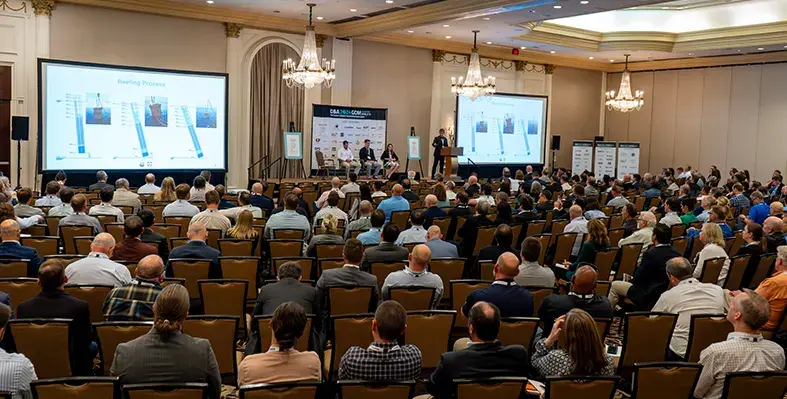
 D&A GOM, the world’s leading decommissioning conference, is all set to open its doors on 8 April in Houston!
D&A GOM, the world’s leading decommissioning conference, is all set to open its doors on 8 April in Houston!
The two-day event, held in partnership with Promethean Energy at Norris Conference Centers, Houston City Center, will provide an unmissable opportunity to gain exclusive access to the latest operator case studies, decommissioning strategies, regulatory insights and best-in-class technology to create long-lasting partnerships for upcoming abandonment campaigns. Delegates will also be able to get together with more than 600 decommissioning decision makers at dedicated networking events.
Leading operators including Apache, bp, Chevron, HESS, LLOG exploration, Petrobras, Promethean Energy, Shell and Woodside will share their decommissioning insights, along with other leading industry experts.
With environmental factors coming to the fore, the event will kick off with an opening presentation on the circular economy and decommissioning, followed by a panel session on reefing processes in Texas, Louisiana, Mississippi and Alabama and presentations focusing on platform reuse and recycling. This will be followed by sessions focusing on aspects of planning and execution of decommissioning projects, a highlight being presentations focusing on the challenges, learnings and success factors of the Chevron Genesis Spar removal campaign.
As a forum for the sharing of international expertise, the event will feature international decommissioning case studies and overviews from the North Sea, Australia and Brazil. A highlight will be a panel session on pipelines, where senior managers and directors from Offshore Operators Committee, bp, Woodside and Appache will discuss global approaches to pipeline removal. This will be followed by a case study from Shell focusing on the relationship between circularity and decommissioning and how these concepts were applied in an offshore field in Brazil.
All the latest technology advances will be covered, from Oilfield Service Professionals’ modular, high-performance drillable technologies for enhanced wellbore isolation and remediation to Rotech Subsea’s state-of-the-art CFE tools and pipeline grabs and Welltec’s advanced wireline intervention tools.
“Last year demonstrated how critical this topic still is with the community as 500+ delegates joined us in Houston from all over the world, as we discussed the pertinent issues within decommissioning and abandonment. We are confident we can build on the successful 2024 conference by ensuring that lessons learned and critical case studies are discussed in 2025,” said Joseph Watson, Lead Project Manager.
Featuring 600+ delegates, 20+ operator delegations, more than 40 expert speakers, 35 decom tech demos, three breakout technical workshops and eight bespoke networking sessions, D&A GOM 2025 promises to be an unmissable event in the region’s oil and gas calendar.
For further information see the website at https://events.offsnet.com/DA-GOM-2025#/ or get in touch with Joseph Watson at
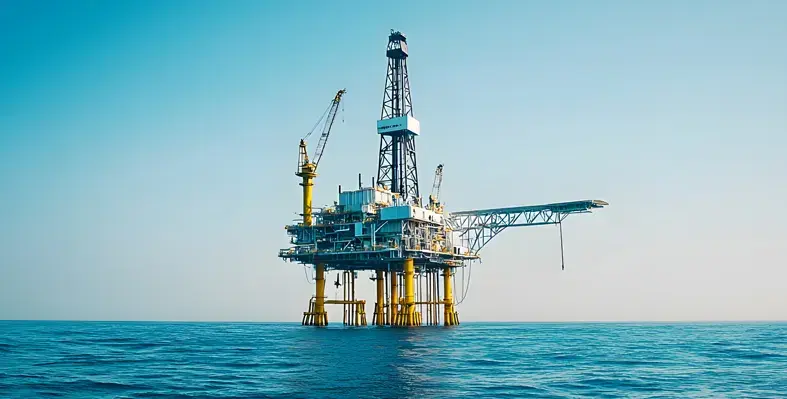

Offshore decommissioning has been considered a growing and expensive issue in the Gulf of Mexico.
Several analyses conducted to estimate the costs of decommissioning infrastructure in the federal waters of the Gulf of Mexico have shown that it would amount to an estimated US$40bn to US$70bn. According to a 2024 report by the Governmental Accountability Office (GAO), out of a total of 8,000 wells and 1,600 oil and gas platforms, nearly 2.700 wells and 500 platforms are overdue for decommissioning. To be considered overdue, a platform needs to be unoperational on an active lease for more than 10 years or left standing with an inactive lease for well over a year. In case of the latter, the lease may have either expired, been relinquished or terminated.
Shallow and deep water wells are the two main types of wells located in the Gulf of Mexico. While shallow-water wells were initially developed by large oil companies, they were later sold to smaller companies over the years, that lacked the financial resources of major oil companies. Being of minimum economic value, shallow-water wells are often at a high risk of being abandoned by their operators. On the other hand, deepwater wells are newer and relatively more complex that shallow-water wells. Being larger and deeper makes them higher in economic value. Therefore, decommissioning these wells during their end-of-life stage is costlier when compared to shallow-water wells.
According to a report by Ocean Conservancy, decommissioning a deepwater well costs a whopping US$24mn, while a shallow-water well costs only around US$660,000. Currently, there are more than 1,600 active deepwater wells in the Gulf of Mexico, with the cost of decommissioning these wells estimated to exceed US$34bn. Considering subsea pipelines that are often left discarded on ocean floors, the exact cost of their removal has not been estimated, but is expected to have a high cost similar to deepwater well decommissioning.
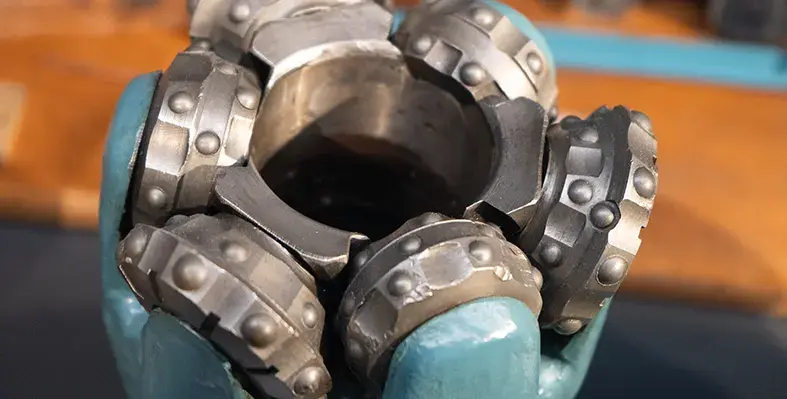
 Conventional plugs can often fail to provide an effective solution when a well environment gets challenging.
Conventional plugs can often fail to provide an effective solution when a well environment gets challenging.
This is where comes the high expansion bridge plug (HEX) with its capacity to expand enough to overcome narrow restrictions to reach and successfully seal off larger wellbore diametres. It's far-reaching range makes it a versatile and reliable downhole tool that can function in crucial offshore situations, from zonal isolation, well intervention to well abandonment activities.
No matter what casing size in question, elastomeric or metallic HEX bridge plugs are durable to tackle advanced expansion with heighetened strength for pressure resistance. Downhole positions that determine the mode of operation allow to accordingly select a sealing mechanism, be it elastomeric or metal-to-metal seals. The plug is then directed towards the targetted depth using conveyance methods, such as wireline, coiled tubing, or slickline. The approach to activate the plug expansion is determined by its design, involving hydraulic pressure, mechanical setting or electrical activation, as relevant. Operators can rest assured of unintended fluid migration between wellbore zones, thanks to the solidity of the seal created out of the expanded HEX plug. They are sturdy enough to keep certain areas away from the other so that the flow can be stopped.
While that serves zonal isolation, HEX bridge plugs can also assure permanent isolation of adandoned sections of a wellbore, which ensures environmental safety and regulatory compliance. On the other hand, it can also create temporary barrier to address casing leaks or unwanted fluid challenges in cases of well integrity issues or restoring well performance. Well testing is a crucial part of well intervention that requires operators to safely check pressure controls, and they can rely on HEX bridge plugs for this.
Houston-based oilfield technology company called SLB has to its name a hi-ex retrievable bridge plug which operates in the set-and-retrieve format and is rated up to 4,000 psi and 250 degF. It is specifically designed for through tubing applications, which comes with SLB's segmented-ring technology that boosts internally to create a gas-tight seal.
To know more about the global well intervention scene, click here.
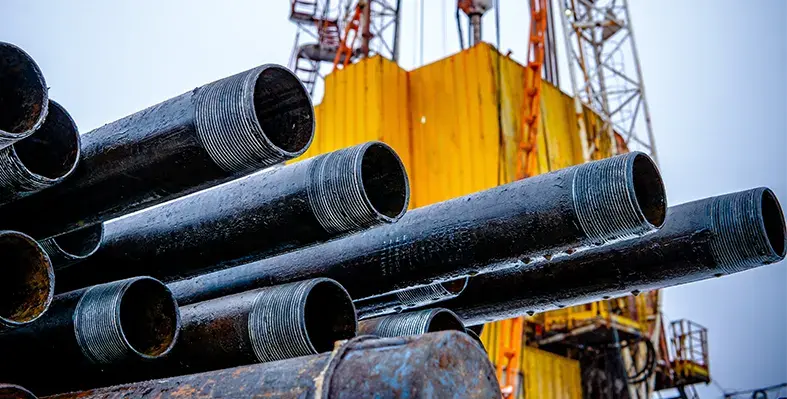
 Houston-based oilfield technology company Baker Hughes' Prime Compact Puncher is one of the finalists for the 2025 ICoTA Global Intervention Technology Award, the winners for which will be declared towards March end during the SPE/ICoTA Well Intervention Conference and Exhibition.
Houston-based oilfield technology company Baker Hughes' Prime Compact Puncher is one of the finalists for the 2025 ICoTA Global Intervention Technology Award, the winners for which will be declared towards March end during the SPE/ICoTA Well Intervention Conference and Exhibition.
The other nominations include TorcCollector by E Plug AS, riserless coiled tubing in a live subsea well from RLWI vessel by TechnipFMC, high resolution dual caliper and slim multielement cement and corrosion tool combination by SLB, and Wellgrab by Welltec.
The Prime Compact Puncher is an advanced electro-mechanical puncher technology that gives way through spaces between two strings of downhole tubing. The puncher comes with an orientation module that directs it to the high side of a pipe where flow is optimal. There it can punch multiple circulation holes at the same depth level, boosting fluid consistency during circulation.
While it's an autonomous process operating on the basis of inputted parameters, an engineer can still maintain manual supervision if and when required. When it comes to well security, the puncher's anchor system goes on alert mode in cases of power loss, shutting down automatically and tools safely pulled out of the holes.
The punch head and anchor kits can be customised on the basis of the pipe size, and the drilling-bit comes in either 25 mm or 12 mm in OD, creating up to 0.792 inches of flow per punch.
The model's feedthrough wiring supports the deployment of additional technology below enabling single-run, multi-function solutions e.g. punch and cut in a single run.
To know more about the global well intervention scene, click here.
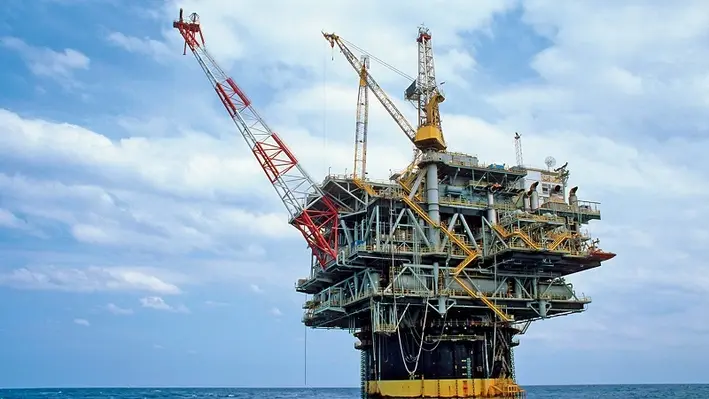
 Chevron has recently completed a rigs-to-reef campaign across the former Genesis Platform which was submerged off the cost of Louisiana last year.
Chevron has recently completed a rigs-to-reef campaign across the former Genesis Platform which was submerged off the cost of Louisiana last year.
In its previous life above the waves, Genesis was referred to as an ‘offshore gamechanger’ with its 705-foot, 28,700-ton steel floating spar which was the first to house both drilling and production facilities.
Now, the platform houses an abundance of marine life after the operator chose to undergo a rigs-to-reef programme. This is not the first time Chevron has repurposed offshore components, in 2022 the Pascagoula Refinery donated equipment to be repurposed into artificial reefs.
Given the sheer scope of end-of-life activities needed across the Gulf for aged assets, the Bureau of Safety and Environmental Enforcement has adopted the rigs-to-reef programme, and it is has presented itself as an attractive option for operators to lessen the financial burden of their decommissioning liabilities.
More information regarding rigs-to-reef programmes across the Gulf of Mexico can be found here and here.
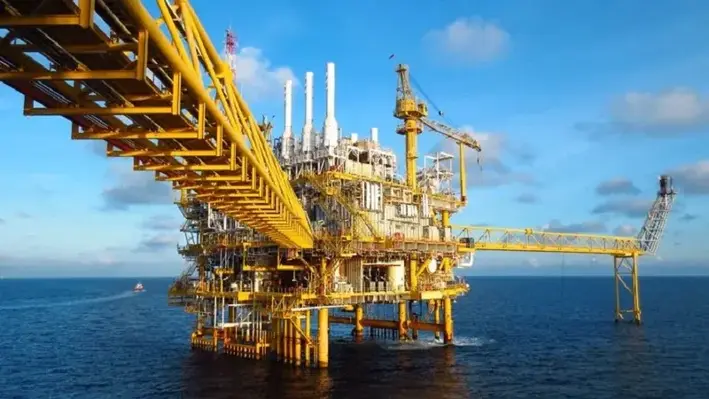
 A federal judge in Louisiana has rejected a bid by three US states to block a rule adopted in 2024 that strengthens the financial assurance requirementsfor offshore oil and gas companies to ensure they meet their decommissioning obligations.
A federal judge in Louisiana has rejected a bid by three US states to block a rule adopted in 2024 that strengthens the financial assurance requirementsfor offshore oil and gas companies to ensure they meet their decommissioning obligations.
The judge declined to issue a preliminary injunction sought by the Republican-led states of Louisiana, Mississippi and Texas along with the Gulf Energy Alliance, Independent Petroleum Association of America, Louisiana Oil & Gas Association, and U.S. Oil & Gas Association.
The 2024 rule was issued by the U.S. Bureau of Ocean Energy Management (BOEM), which noted that since 2009, more than 30 corporate bankruptcies had occurred involving offshore oil and gas companies that did not have sufficient financial assurance to cover their decommissioning obligations, which had highlighted a weakness in BOEM’s current supplemental financial assurance programme. BOEM noted that the new rule finalises amendments to existing provisions and increases regulatory clarity about financial obligations “to better protect the taxpayer from potentially bearing the cost of facility decommissioning and other financial risks associated with OCS development, such as environmental remediation.” The new rule includes the requirement that companies which cannot provide adequate financial assurance have to put up a surety bond.
The three states and industry groups argued that the rule if enforced would result in "potentially existential consequences" for small and medium-sized companies as they would be unable to obtain such bonds.
The judge said that issuing a preliminary injunction was not warranted on the grounds that the threatened harm is not imminent, given that the new requirements are being phased in over three years, and demands for supplemental financial assurance would not be issued until mid-2025 at the earliest.
"While these harms may be likely, a preliminary injunction can only be issued if the threatened harm is also imminent," the judge said.
However he said he would expedite the case so the court can reach a final decision on the merits before the demand letters are issued and plaintiffs incur any resulting costs.
Watch this space!
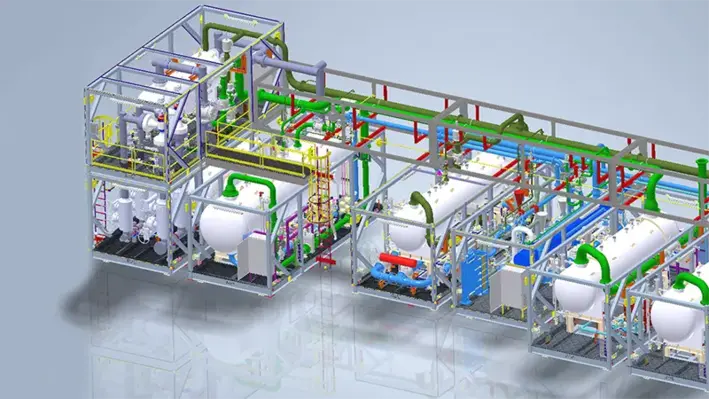
 Deep water well control service provider, Marine Well Containment Company (MWCC), has onboarded W-Industries with a multimillion contract to conduct the engineering, fabrication, and delivery of its new drill-ship deployed containment system.
Deep water well control service provider, Marine Well Containment Company (MWCC), has onboarded W-Industries with a multimillion contract to conduct the engineering, fabrication, and delivery of its new drill-ship deployed containment system.
This will enhance the coverage for potential deep water well control situations that majorly impact the offshore oil & gas industry. MWCC’s new MODU Deployed Containment System (MDCS) will be put into place by W-Industries, involving designing, manufacturing, and integration of its seven key flowback modules. This new equipment will further enhance MWCC’s already extensive capabilities to capture and keep hydrocarbons out of the environment in the event an incident well cannot be immediately shut-in. Designed to operate reliably in challenging offshore environments, the flowback solution will provide dependable performance for up to six months, allowing sufficient time for relief wells to be drilled to permanently plug the well.
“W-Industries is proud to partner with MWCC on this critical project,” said Michael Bain, SVP Integrated Systems at W-Industries. “With our extensive technical experience in offshore automation and modular fabrication, we are dedicated to delivering an efficient and robust solution that will significantly enhance MWCC’s containment response capabilities.”
“MWCC is excited to work with W-Industries on this important enhancement to our current flowback capabilities, a great example of our never-ending focus on continuous improvement,” said David Nickerson, CEO of MWCC. “W-Industries’ expertise in delivering highly automated modular processing systems is exactly what MWCC was looking for.”
This partnership reinforces W-Industries’ leadership in offshore energy innovation, particularly in supporting industry safety initiatives and regulatory requirements. By contributing to MWCC’s continued advancements in well control capabilities, W-Industries is demonstrating its commitment to operational safety, regulatory compliance, and offshore risk mitigation. This positions the company as a trusted partner for offshore and subsea energy solutions, ensuring that well containment technology continues to keep pace with developments in offshore drilling practices.
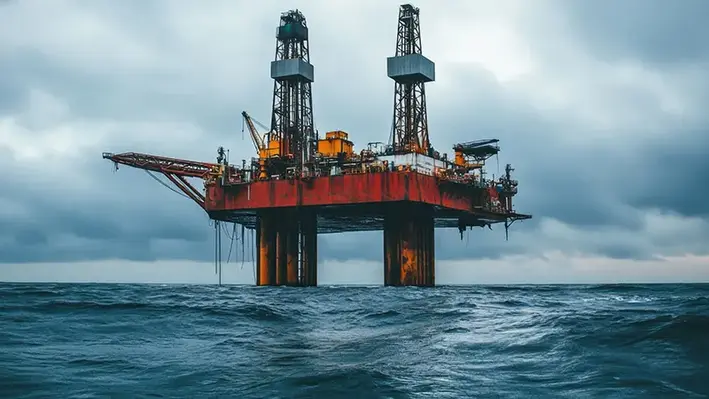

To address the challenges associated with offshore oil and gas decommissioning, the Ocean Conservancy has recommended the following actions to be taken to set the stage for long-term success:
The Bureau of Safety and Environmental Enforcement (BSEE) should develop mandatory decommissioning plans, under which operators are able to clear their decommissioning backlog within a set timeline. For offshore wells and platforms located on expired, terminated, or relinquished leases, the BSEE must enforce appropriate decommissioning deadlines and ensure that they are up-to-date. In case of uncertainities regarding the enforceability of BSEE sanctions, the agency should issue clarifying guidance or set up new or revised guidelines.
For idle wells and platforms located on active leases, the BSEE should codify its decommissioning deadlines for such infrastructure. It should also shorten deadlines to ensure that idle wells and platforms are cleaned up promptly, while ensuring that these wells and platforms are decommissioned within one year. Furthermore, the BSEE should be cautious of granting decommissioning waivers for potential future use of wells or platforms. In case it does grant a future use waiver, the agency should require operators to provide supplemental financial assurance that will cover the full cost of decommissioning. The BSEE should also increase its use of sanctions to compel compliance with decommissioning deadlines.
When a pipeline no longer proves useful, the BSEE should require its owner to remove it from the seabed. Regulations need to be revised and the agency needs to permit decommissioning in place only in rare circumstances, during which operators need to monitor the condition and location of the pipeline over time to ensure that it remains secure. Moreover, a fee needs to be paid to combat the impact of the discarded pipeline. The BSEE operators are also required to perform site clearance activities and ensure that the agency steps up its observation, inspection and verification, so that it does not entirely rely on self reported data provided by the operators.
The Bureau of Ocean Energy Management (BOEM) should also consider implementing a system that would require each lessee to establish a dedicated account, into which the lessee would invest funds sufficient to satisfy estimated decommissioning obligations. The main advantage of this system is the absence of bonding requirements. Funds should also be made available to the lessee during the conclusion of lease operations. Most importantly, the BOEM should ensure minimisation of US taxpayer exposure to decommisioning liabilities.
The BSEE and BOEM need to establish 'fitness to operate' standards to ensure that lessees and operators are qualified to conduct business on federal offshore oil and gas leases. Factors such as past compliance, and lease permit terms and the financial health of lessees and operators need to be considered. A formal rulemaking process needs to be undertaken to ensure that the standards are enforceable. During this process, agencies must disqualify existing or potential lessees or operators that fail to meet the required fitness standards.
Both the BSEE and BOEM need to increase their commitments to transparency and data sharing in regard to offshore oil and gas decommissioning operations. By expanding their dashboard with additional details on status and ownership of wells and pipelines, they can ensure that publicly available data is more accessible and understandable. The dashboard could also be made more elaborate and user friendly by adding more details about the disposition of structures, including the reuse of platforms and rigs-to-reeds status. Furthermore, it could also disclose estimated and final costs for decommissioning activities.
To strengthen government oversight and enforcement of offshore oil and gas decommissioning activities, the Congress can pass legislation mandating any of the above policy solutions and also to achieve outcomes that are beyond the existing authority of administrative agencies. Additionally, job training programmes can also be facilitated to train those oil and gas workers who are interested in transitioning to work on renewable energy projects or offshore decommissioning work.
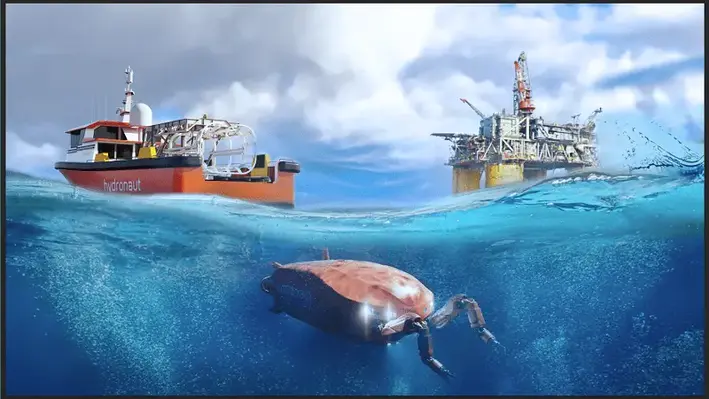
 Nauticus Robotics has announced the signing of a definitive agreement to acquire subsea robotics expert SeaTrepid International.
Nauticus Robotics has announced the signing of a definitive agreement to acquire subsea robotics expert SeaTrepid International.
The strategic acquisition, which is projected to be completed by May 2025, underscores Nauticus’ commitment to innovation and revenue growth in 2025. By integrating Nauticus’ AI-driven autonomy software ToolKIT into SeaTrepid’s existing ROV fleet, the combination will showcase strong advancements in power efficiency and operational performance.
The ability of ROVs and Aquanaut to communicate at depth unlocks new service opportunities which enable the two autonomous systems to collaborate in delivering cutting-edge underwater solutions.
Bob Christ, SeaTrepid’s previous CEO and now President of SeaTrepid Operations, said, “We look forward to combining with Nauticus to extend ROV capabilities and enhance execution on a global scale."
David Huber, current SVP of Ocean Minerals, commented, “SeaTrepid is a long-time reliable subsea services provider to the deepwater companies I have worked for over the past several decades. With the combination of Nauticus' autonomous cutting-edge controls technology coupled with SeaTrepid's deep knowledge of subsea services, I see this as a breakthrough development for the offshore sector."
Page 6 of 22
Copyright © 2025 Offshore Network